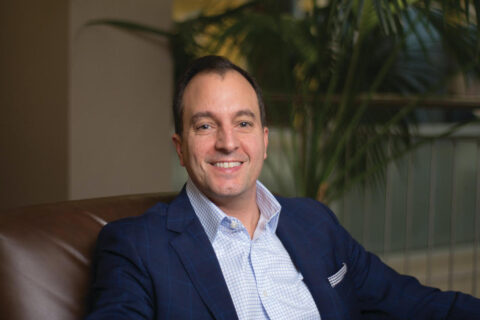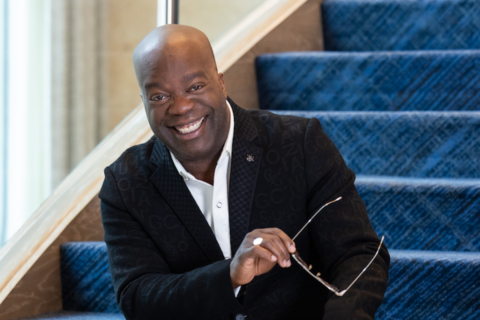Difficult emotions don’t linger when you allow yourself to feel them. When you practice mindfulness, you can become aware of your emotions and shift out of harmful feelings and moods while also experiencing less intense reactions.
Mindfulness awakens what’s known as your “witnessing” or “observing self,” which is a facet of your consciousness that observes what you’re experiencing. There’s the self that’s immersed in the intensity of feeling an emotion (such as when you’re involved in a verbal argument), but there’s also the mindful self that’s noticing the event unfold. It’s aware of how your anger or frustration feels in your body. This mindful self can create a space between you and your emotions when you’re feeling overwhelmed.
You can train yourself to become more aware of your emotions and to make them easier to experience. It involves teaching yourself to stop for a “mindful pause” at intervals throughout the day. By stopping and observing, you become aware of the emotions you’re experiencing. It’s as if you’re taking your emotional pulse. Mindful pauses let you tune into what’s important and what’s not, making it easier for you to remember to let go of unimportant, or unwholesome, emotions.
In Buddhism, we talk about wholesome (meaning supportive of our well-being), neutral, and unwholesome thoughts. Unless you become aware of your mind’s internal chatter, you might not realize how many of your thoughts are, at best, neutral, or are too often damaging to your sense of well-being. Taking mindful pauses can help you become conscious of the quality of your thoughts, giving you the opportunity to consciously replace them with ones that are conducive to feeling equanimity, tranquility, and optimism.
To get into the practice of taking mindful pauses, first set a timer to go off every hour as a reminder to tune into what you’re doing. Or, use sticky notes to post reminders to yourself to take a mindful pause, affixing them to spots in your home or office that you come into contact with often — such as light switches or doors. Whenever you encounter them during your day, stop and notice what’s happening.
Ask yourself:
- What am I feeling now?
- What am I sensing now?
- What am I thinking now?
- Am I having the type of experience now that I want?
If the answer to the last question is “yes,” take a mindful breath and savor the experience. If not, ask yourself, “Where do I need to refocus my attention and awareness to feel calm and open to creative flow?” Mindfully redirecting your awareness provides you with the opportunity to reset your compass.
Let’s say that you’re in a conflict with someone. If your observing self is active, you might notice tightness in your muscles and a desire to forcefully voice your opinion even as the other person is talking. At the same time, your witnessing self is able to silently say, “I’m frustrated.” Being aware of your emotions and not trying to repress them allows you to tolerate them for a time before they shift — or before you consciously do something to change them.
For example, you might envision them taking form and then seeing this form grow smaller and smaller until your emotion feels manageable. Think of a sailboat sailing away from you toward the horizon, growing smaller and smaller, or a ball of anger or anxiety that begins to shrink until it is small enough for you to throw into the distance.
Because mindfulness activates the witnessing self, you can train your brain to alter any habitual resistance to feeling your emotions and make it easier to experience them and observe them as they transform.
Over time, being able to access your witnessing self when you’re upset develops your ability to be less emotionally reactive. You’re able to be more adventurous and creative because you’re more open to experiences that might not be pleasant but could be valuable.
Ronald A. Alexander, Ph.D., is the author of the new book, Core Creativity: The Mindful Way to Unlock Your Creative Self (Rowman & Littlefield, June 21, 2022), upon which this article is based. He is a creativity coach, consultant, and mind-body psychotherapist. He has a private psychotherapy and executive coaching practice in Santa Monica, California. He’s the executive director of the OpenMind® Training Program which offers personal and professional training programs in mindfulness-based therapies, transformational leadership, and meditation. He is also the author of the highly acclaimed book, Wise Mind, Open Mind: Finding Purpose and Meaning in Times of Crisis, Loss, and Change (2008). Learn more at CoreCreativity.com.
© YFS Magazine. All Rights Reserved. Copying prohibited. All material is protected by U.S. and international copyright laws. Unauthorized reproduction or distribution of this material is prohibited. Sharing of this material under Attribution-NonCommercial-NoDerivatives 4.0 International terms, listed here, is permitted.














